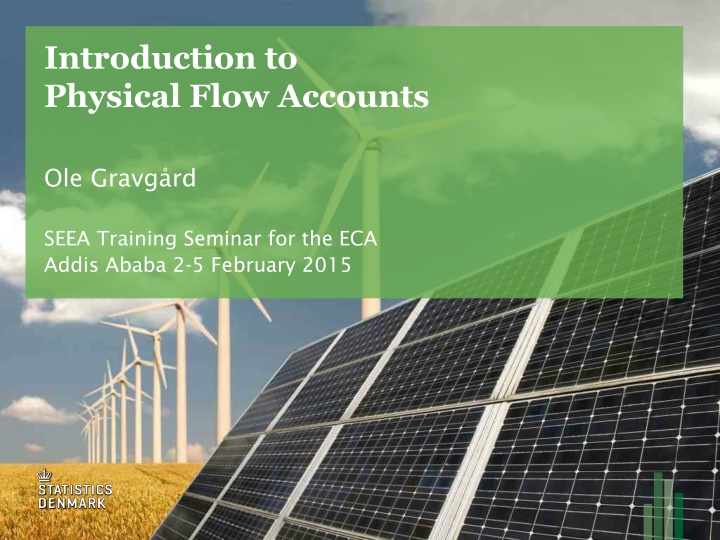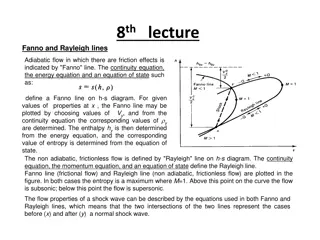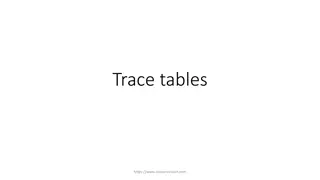Overview of Physical Flow Accounts and Supply-Use Tables in Economic Analysis
Physical flow accounts play a crucial role in understanding the movement of resources between the environment and the economy. The seminar discussed the scope, purpose, and formation of physical flow accounts based on monetary supply and use tables. It highlighted the importance of widening the dimensions of supply and use tables to include natural inputs, products, and residuals. Balances in these tables ensure that total supply equals total use and that industries and households maintain equilibrium in their inputs and outputs.
Download Presentation

Please find below an Image/Link to download the presentation.
The content on the website is provided AS IS for your information and personal use only. It may not be sold, licensed, or shared on other websites without obtaining consent from the author.If you encounter any issues during the download, it is possible that the publisher has removed the file from their server.
You are allowed to download the files provided on this website for personal or commercial use, subject to the condition that they are used lawfully. All files are the property of their respective owners.
The content on the website is provided AS IS for your information and personal use only. It may not be sold, licensed, or shared on other websites without obtaining consent from the author.
E N D
Presentation Transcript
Introduction to Physical Flow Accounts Ole Gravg rd SEEA Training Seminar for the ECA Addis Ababa 2-5 February 2015
Purpose Describe physical flows From the environment to the economy From the economy to the environment Within the economy Meaurement unit: In principle all natural units can be used (depending on purpose) Tonnes, Joules, cubic metres 2
Scope of physical flow accounting SEEA defines three types of stuff that flows Natural inputs Products Residuals 3
Products 5
Physical flow accounts are formed on the basis of the monetary supply and use tables of the national accounts Simple example: Monetary and physical supply and use of paper for printing 7
For the physical accounts it is necessary to widen the dimensions of the supply and use tables Supply Supply of natural inputs, products and residuals SEEA CF Table 3.1 Rest of the world Environ- ment Domestic Economy 8
Widening the dimensions of the supply and use tables SEEA CF Table 3.1 USE USE of natural inputs, products and residuals Rest of the world Environ- ment Domestic Economy 9
Various balances in the supply and use tables must apply Balances for stuff : Supply of products=use of products Supply of natural inputs=use of natural inputs Supply of residuals=use of residuals Total supply = total use Balances for industries and households: Total inputs must equal total outputs + Net additions to stocks (accumulation) 10
Implementation of physical supply and use tables In practise it is not most often not feasible to construct complete physical supply and use tables including all natural inputs, products and residuals Instead tables for specific parts or partial tables are constructed, e.g. Physical supply and use tables for energy Physical supply and use tables for water Physical supply and use tables for waste Physical supply table for air emissions 11























